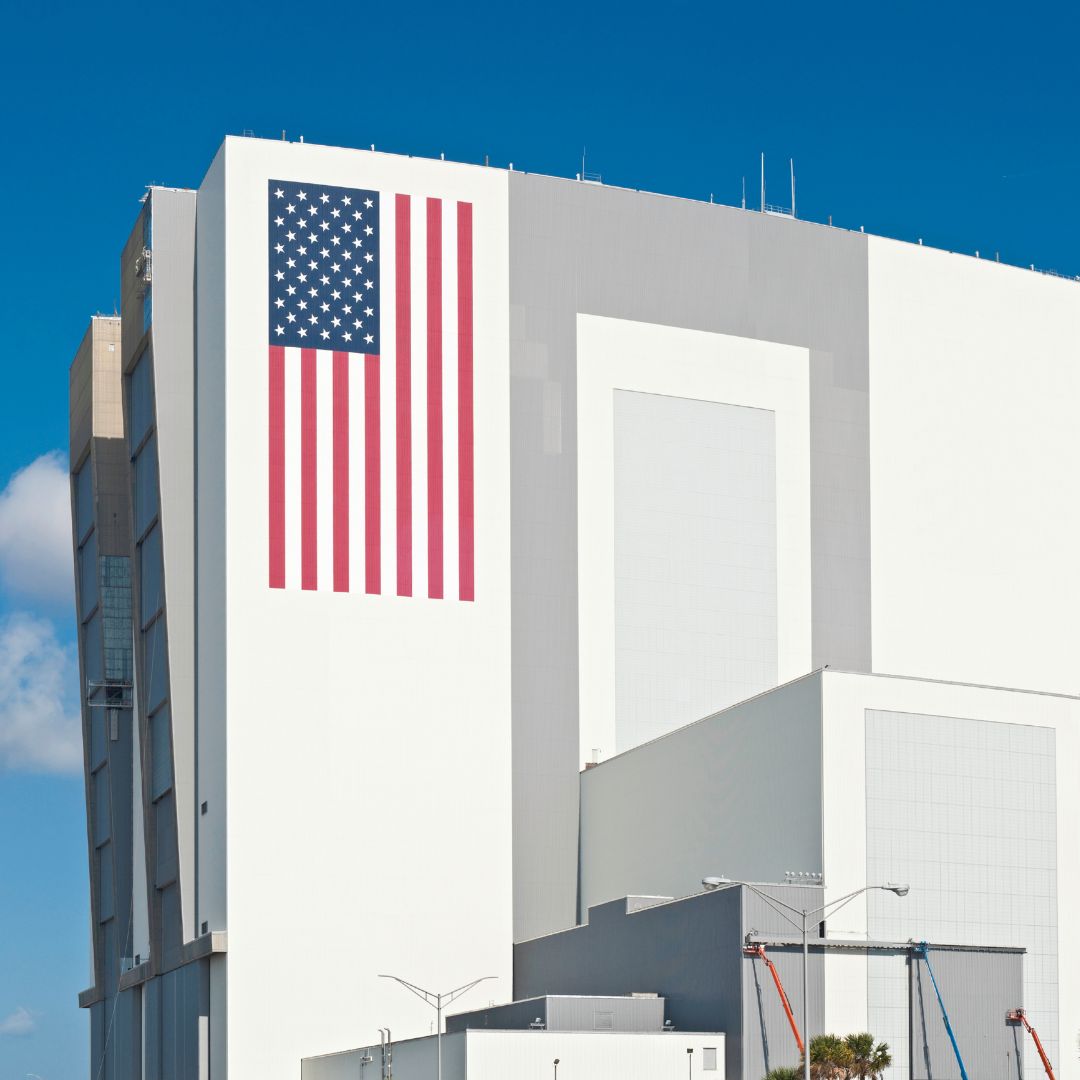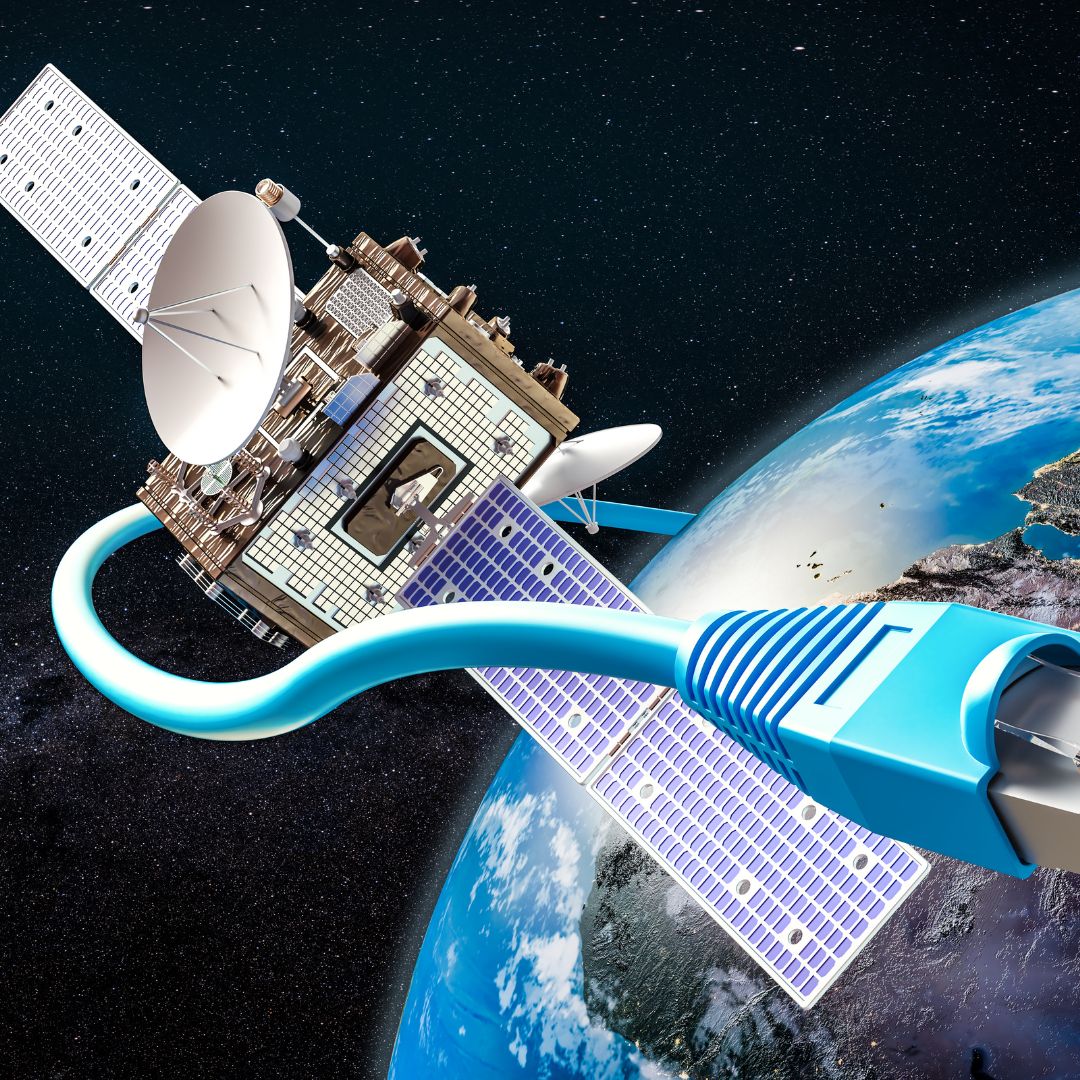There are no items in your cart
Add More
Add More
| Item Details | Price | ||
|---|---|---|---|

The launch of OSAM-1 signifies a monumental step towards reducing space debris and extending the lifespan of satellites, heralding a new dawn for the space industry.
Sat Mar 2, 2024

NASA's OSAM-1 mission is pioneering the future of in-orbit satellite servicing, leading us into a new era of space sustainability and exploration.
In the realm of space exploration and technology, NASA's On-orbit Servicing, Assembly, and Manufacturing 1 (OSAM-1) mission stands as a beacon of innovation and promise. This ambitious project not only aims to revolutionize how we approach satellite maintenance but also paves the way for a new era of space infrastructure development. As we delve into the details of the OSAM-1 mission, it's clear that the implications of this venture extend far beyond the immediate technical achievements.The Genesis of OSAM-1
Originally known as Restore-L, the OSAM-1 mission embodies NASA's vision for extending the life of satellites and, by extension, enhancing the sustainability of our orbital environment. The primary objective of OSAM-1 is to demonstrate the feasibility of refueling satellites in orbit, particularly those not designed with servicing in mind. The mission's target, Landsat 7, represents the quintessential candidate for this operation, having been launched in 1999 without the anticipation of in-space servicing. A Leap Towards Robotic Servicing
A Leap Towards Robotic Servicing
What sets OSAM-1 apart is its reliance on robotic technology to achieve its goals. The mission plans to employ a robotic spacecraft equipped with the necessary tools to grapple, refuel, and service satellites. This marks a significant departure from traditional satellite maintenance methods, which often involve human astronauts. By leveraging robotics, OSAM-1 aims to reduce the risks and costs associated with human spaceflight, while also demonstrating capabilities that could be foundational for future missions, including in-space assembly and manufacturing [❞].
Beyond Refueling: A Vision for the Future
The scope of OSAM-1 extends well beyond the refueling of Landsat 7. The mission also intends to deploy a separate robot, SPIDER, to construct new structures in space. This aspect of the mission underscores NASA's broader objectives of advancing in-space assembly and manufacturing technologies. The ability to build and repair infrastructure in orbit could revolutionize the way we design and deploy satellites, space stations, and other space-based assets [❞].
 The Impact on Satellite Servicing Industry
The Impact on Satellite Servicing Industry
One of the most exciting aspects of OSAM-1 is its potential to catalyze the development of a new domestic servicing industry. By demonstrating the viability of on-orbit servicing, NASA hopes to inspire commercial entities to invest in similar technologies. This could lead to the emergence of a market where satellites are designed with servicing in mind, extending their operational lifetimes and reducing space debris [❞].
Navigating Budgetary Waters
Despite the clear benefits and groundbreaking potential of OSAM-1, the mission has not been immune to financial scrutiny. Budget discussions and appropriations have highlighted the challenges of funding ambitious space technology projects. However, proposed spending bills have so far continued to support OSAM-1, reflecting its importance within NASA's portfolio and the broader space community .
.
Conclusion: A New Era of Space Exploration
The OSAM-1 mission encapsulates the spirit of innovation that has always driven space exploration. By pushing the boundaries of what's possible in satellite servicing, NASA is not only extending the life of valuable space assets but also laying the groundwork for a future where space infrastructure can be built, maintained, and expanded in orbit. The success of OSAM-1 could herald a new era of space exploration, characterized by sustainable practices and an increased human presence in outer space. As we stand on the brink of this exciting frontier, the implications for science, industry, and humanity at large are as vast as space itself.

{{Sameer Kumar}}